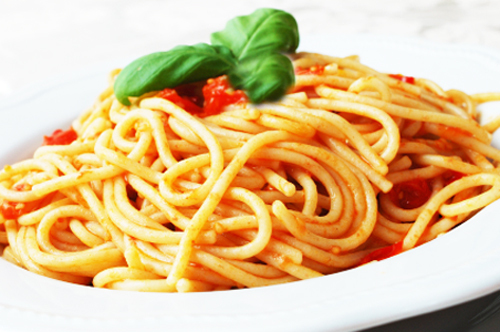

Rice is without doubt one of the most characteristic ingredients of Spanish cooking, mostly thanks to the fame and popularity of Spanish paella. There are a number of theories of how rice came to be cultivated and eaten in Spain. One says that rice was imported into the Iberian peninsular by the Romans more than a thousand years ago. However, according to other theories, rice was brought to the country by the Moors. Whichever version is the right one, Spain has been cultivating rice for centuries ever since.
What is certain is that the Moors definitely played their part in the improvement of agriculture in Spain which helod Spanish rice to grow. The Spanish inherited their irrigation ditch system and improved the farming of cereals like rice. However by the time the Moors were expelled at the end of the 15th century, rice wasn't extremely popular and in fact may even have disappeared from most tables for a while. Fortunately the ingredient made it's comeback during the 16th century and has been a staple ingredient in a number of Spanish dishes ever since.
Perhaps the best known Spanish dish; paella, made it's appearance in records of the time, though with a different name; Valencian rice. But paella was not the only dish to make use of such a versatile ingredient. The people from Valencia, the biggest producer of rice in Spain, mixed whatever ingredients they had at hand, rice and meat in the inland areas, rice and seafood in the coastal areas.
If you ever visit Spain, we recommend you take a Spanish cooking course in Valencia, so you can become an expert in Valencian rice and its many preparations! There is no better souvenir than an actual piece of the culture itself, in this case, the Spanish food culture.
Pasta on the other hand is not an ingredient that you would automatically associate with Spain, instead it is an ingredient which is much mroe iconic of Italian cooking. While it is true that pasta is used extensively in Italian cooking, it can still be found amongst some Spansih dishes. The most common type of pasta used in Spanish cooking is thin, noodle like pasta which is used to make fideua, some versions of fisherman's paella, and is often included in soups to give them more substance.
Pasta has an extremely long history, dating back to the first couple of centuries. A dish that sounds very similar to pasta was first recorded in an early 5th century document from Italy. This item of food was called lagana, which looks very much like the modern day word lasagna. However, lagana was made from a fresh dough, and is not like the dried version we use today.
It is thought that the drying process was actually developed by people in Arabic countries who began making dried products such as cous cous and semolina which would keep longer than fresh products. It is thought that during many of the explorations and travelings of Italians, including Marco Polo, the two substances and techniques may have combined to give us our modern day pasta. The first records of the pasta we would recognise today appeared around the 13th century.
Pasta may have therefore come to Spain from their nearby relatives in Italy, or it could have come from the Moors. Either way the product made it into the Iberian peninsular and became a great option for dishes such as fideua. However, rice is still extremely popular and you are much more likely to see rice dishes than pasta dishes if you were to visit a Spanish restaurant in Spain.
Below you will find the links to our pages on some of the most popular Spanish rice and pasta dishes. On these pasges you will find out more about the history and origins of the dishes as well as some simple and easy to follow recipes so that you can have a go at making them yourself.